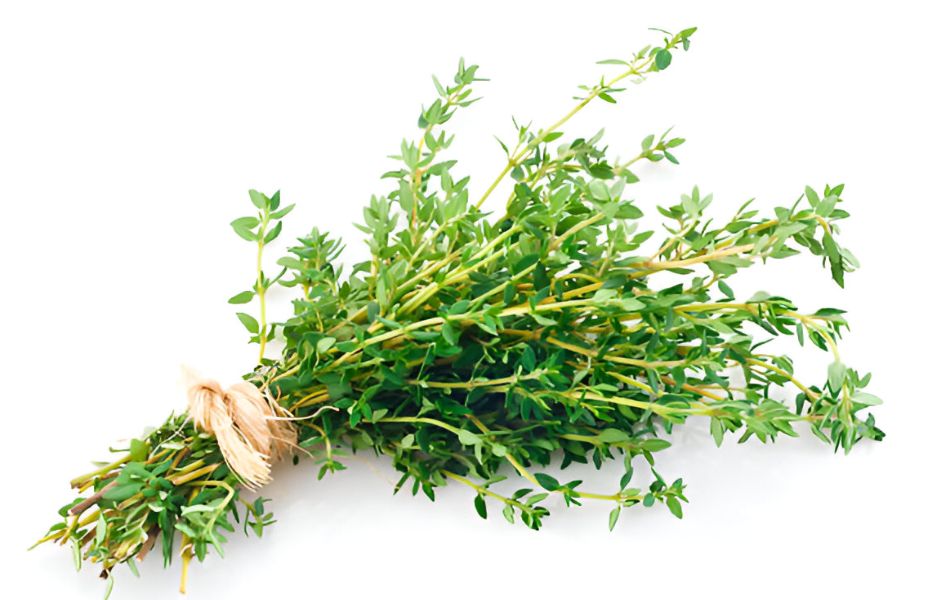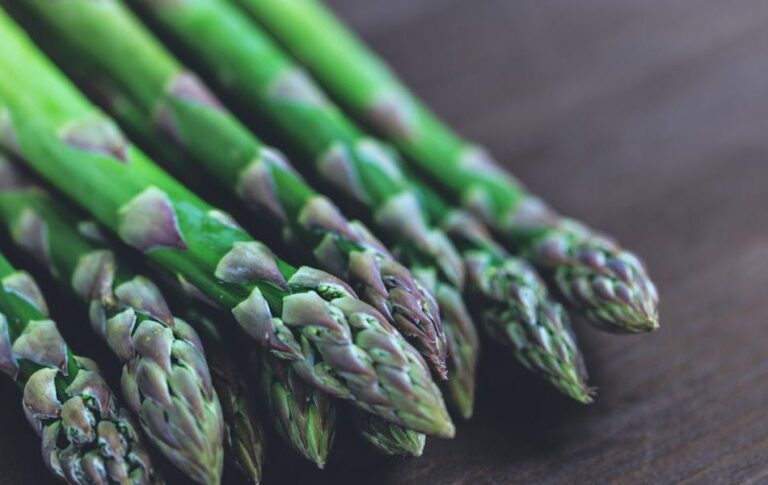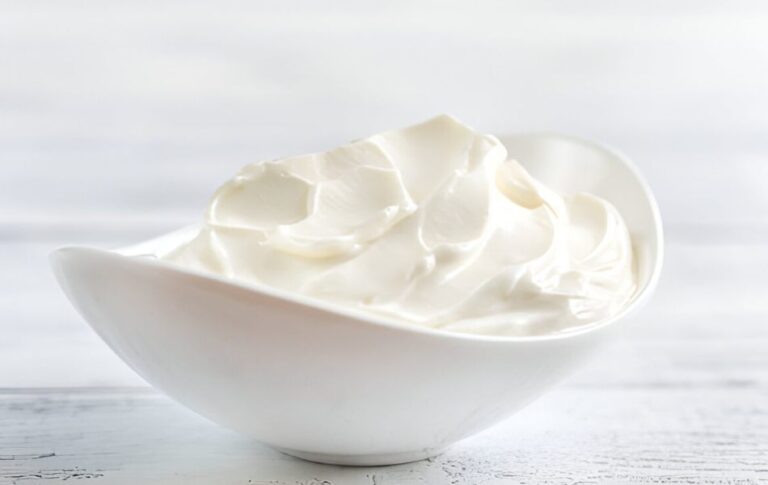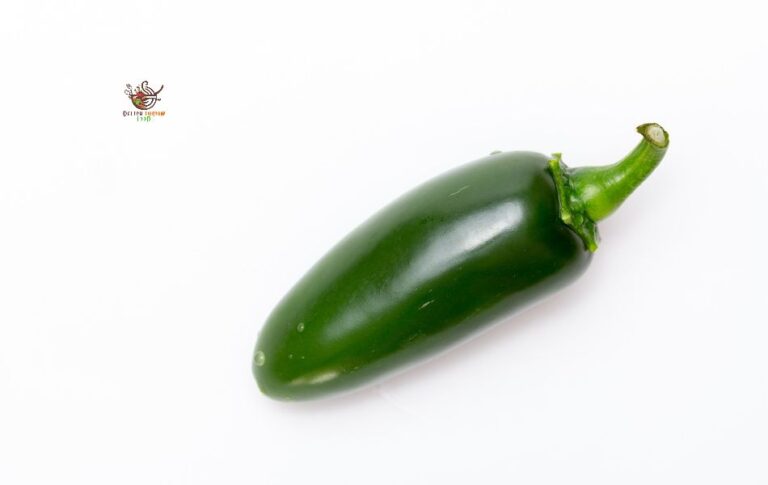What Are the Best Substitutes for Thyme? 8 Options to Try
Thyme is a fragrant herb cherished by cooks worldwide for its ability to elevate dishes with its earthy, slightly minty flavor. But what if you’re halfway through a recipe and realize you’re out of thyme? Or you’re cooking for someone who doesn’t like it? Don’t worry – there are plenty of substitutes for thyme that can seamlessly step in.
This article explores the best alternatives to thyme, ensuring your dish still shines.
Why Do You Need Substitutes for Thyme?
Thyme is a staple in many dishes, from hearty soups and marinades to roasted vegetables and poultry. However, there are a few common reasons why you might need a replacement:
- You’ve run out of thyme.
- You or your guests dislike its taste.
- Someone has an allergy.
- You’re experimenting with different herbs.
No matter the reason, having a trusty replacement herb can save your dish and even introduce you to new, exciting flavors.
8 Amazing Thyme Substitutes to Try
These substitutes will ensure you never miss a beat in your cooking, even without thyme.
1. Oregano: A Bold Substitute for Thyme
Oregano is a popular replacement for thyme, especially in Mediterranean and Italian dishes. It has a bold, slightly bitter flavor that works well in savory recipes.
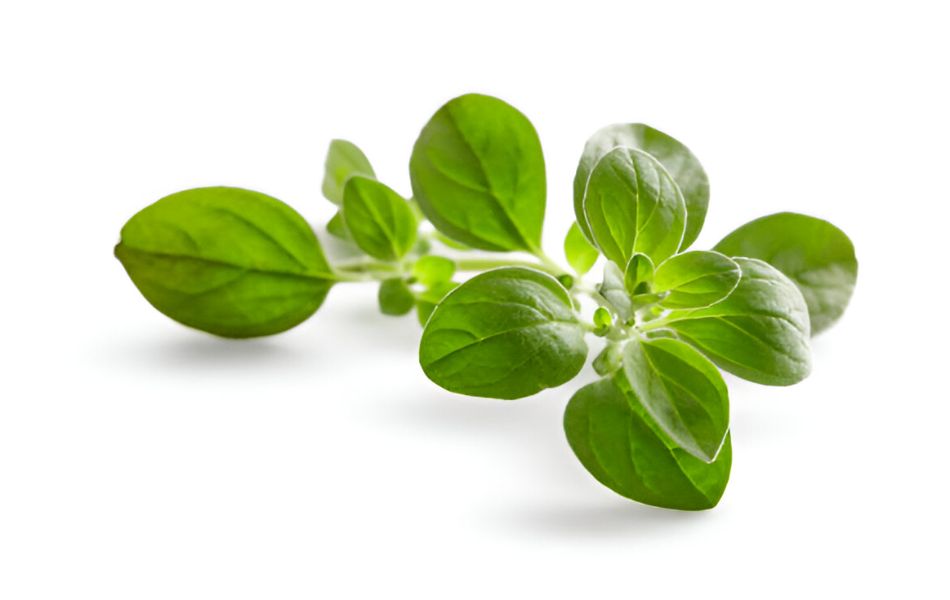
Best Uses:
- Soups and sauces – Adds depth to pasta sauces and broths.
- Grilled meats – Enhances chicken, beef, and lamb.
- Vegetables – Pairs well with roasted or sautéed veggies.
Oregano isn’t exactly like thyme, but it has similar earthy and minty notes. Since it’s stronger, start with a small amount and adjust as needed.
Tip: Use 1 teaspoon of oregano for every 1 teaspoon of thyme in a recipe.
2. Basil: A Fresh and Sweet Alternative
Basil doesn’t have thyme’s earthy taste, but its sweet, slightly peppery flavor can still work as a substitute. It adds a fresh twist to tomato-based sauces and salads while keeping the dish flavorful.
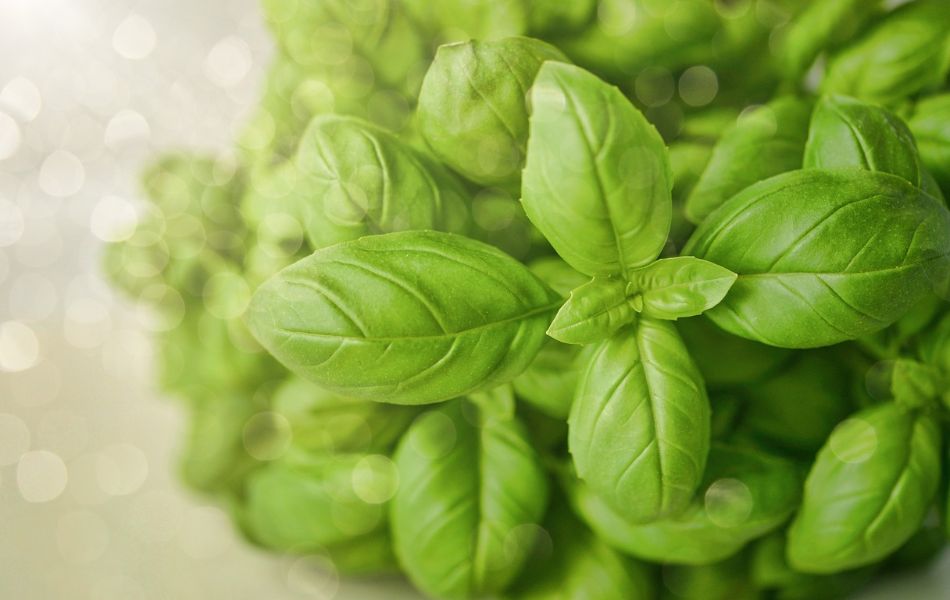
Best Uses:
- Salads – Brings a light, herbal touch.
- Pasta sauces – Enhances tomato-based dishes.
- Italian and Thai dishes – Complements classic flavors.
Basil won’t match thyme’s woodsy notes, but it offers a bright, fresh taste.
Tip: Use basil in equal amounts as thyme, but since it’s milder, you may need to adjust for flavor.
3. Marjoram: A Milder Option
Marjoram is a close cousin of oregano but has a softer, sweeter flavor. If you want a gentle alternative to thyme, marjoram is a great choice.
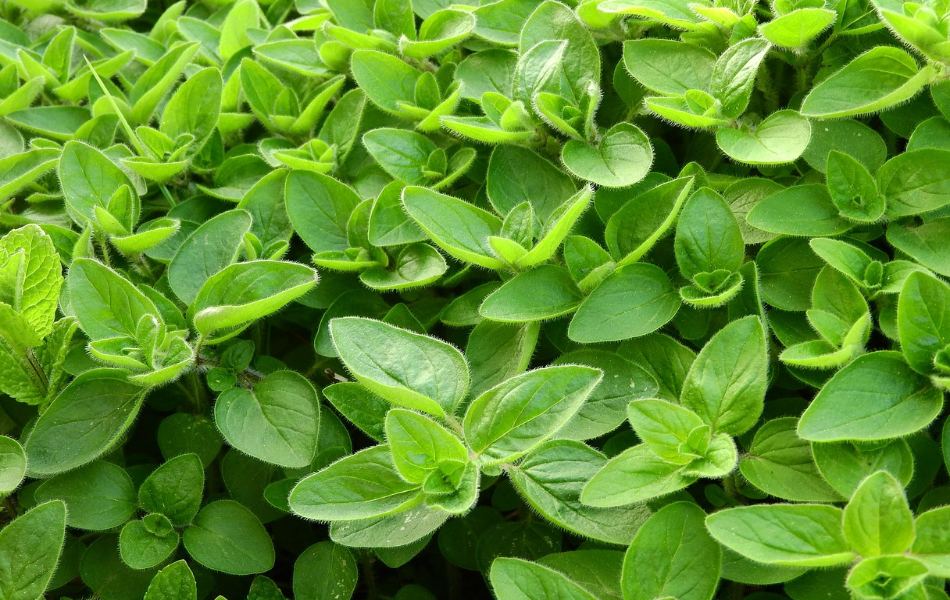
Best Uses:
- Light dishes – Works well in chicken, fish, and vegetable soups.
- Herb pairings – Blends nicely with rosemary and basil.
- Cuisine match – A good fit for Mediterranean and Middle Eastern recipes.
Marjoram adds a mild, fresh taste without overpowering your dish.
Tip: Use marjoram in the same amount as thyme for a similar flavor.
4. Rosemary: Bold and Aromatic
Rosemary has a strong, earthy flavor, making it a great substitute for thyme when you want a more intense taste. It has hints of pine and citrus that can enhance roasted meats, potatoes, and stews.
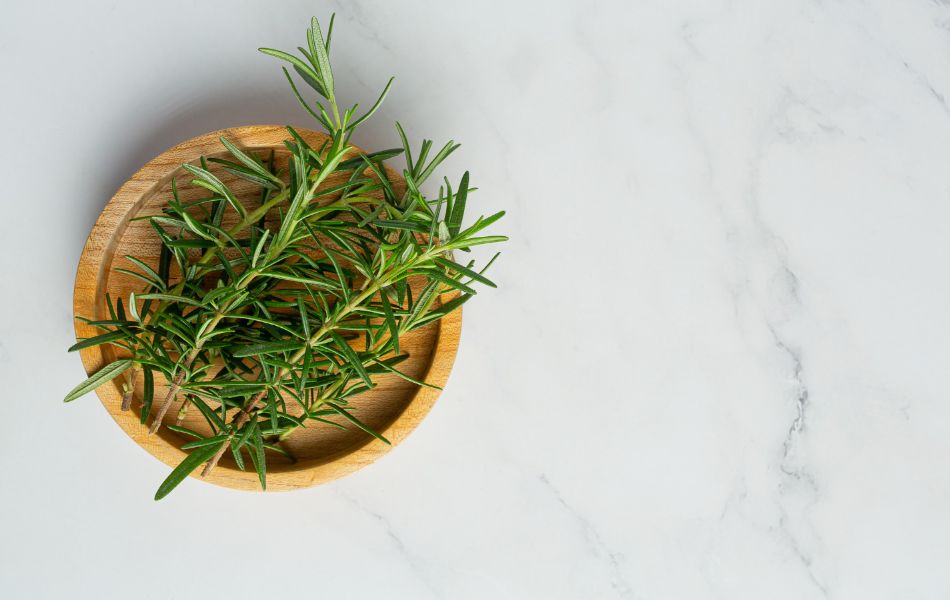
Best Uses:
- Hearty dishes – Works well in roasts, stews, and rustic bread.
- Herb pairings – Pairs nicely with parsley or sage for a balanced flavor.
Since rosemary is quite strong, use it sparingly to avoid overpowering your dish.
Tip: Start with half the amount of rosemary compared to thyme and adjust to taste.
5. Sage: A Peppery, Savory Herb
Sage is a great substitute for thyme, especially in rich, hearty dishes. It has a slightly peppery taste with earthy and citrusy hints, making it perfect for roasted meats, stuffing, and savory pies.
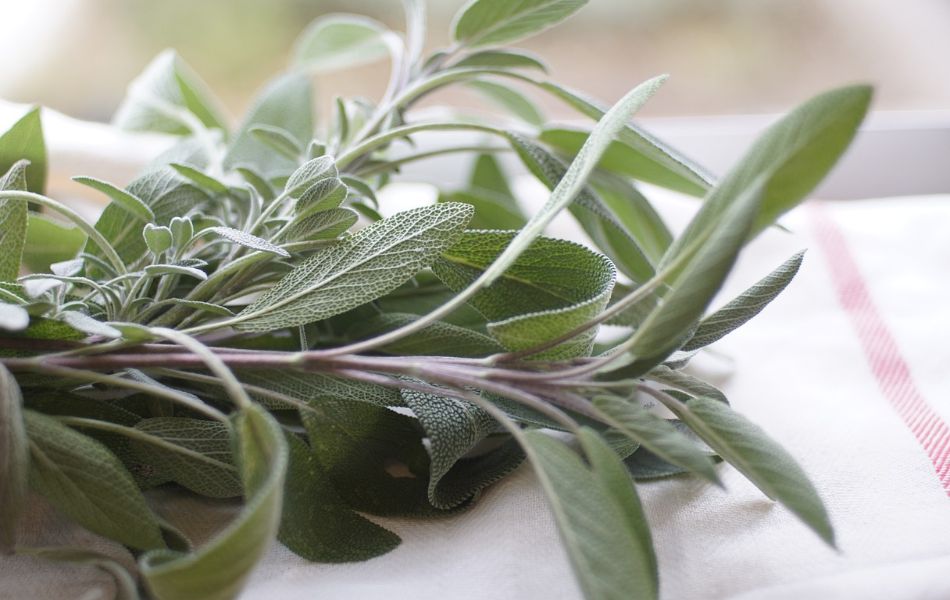
Best Uses:
- Holiday favorites – A key ingredient in Thanksgiving stuffing and roast turkey.
- Savory dishes – Works well in meat dishes and baked goods.
- Herb pairings – Complements thyme and other flavorful herbs.
If you like thyme but want a bolder flavor, sage is a great choice.
Tip: Use half as much sage as you would thyme since it has a stronger taste.
6. Parsley: Fresh and Bright
Parsley doesn’t have thyme’s earthy flavor, but it adds a fresh, light touch to dishes. Flat-leaf parsley is best for cooking, while curly parsley works well as a garnish. For more depth, try mixing parsley with a little dried oregano.
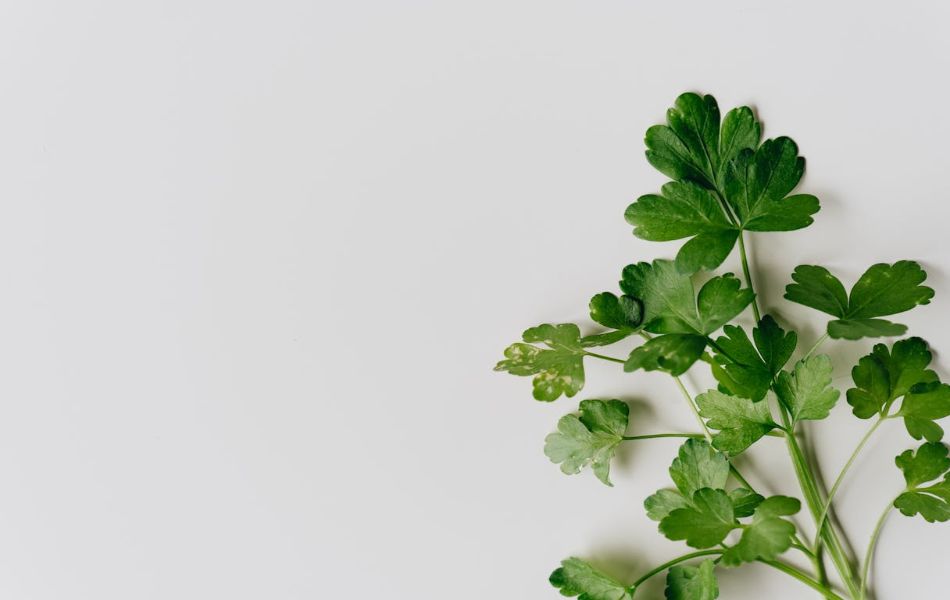
Best Uses:
- Garnishes – Adds color and freshness to any dish.
- Soups – Enhances broths and stews.
- Grain dishes – Works well in risotto and other grain-based meals.
Tip: Use parsley when you want a mild, refreshing flavor instead of thyme’s earthiness.
7. Savory: A Peppery Alternative
Savory is a lesser-known but excellent thyme substitute. It has a peppery, slightly tangy flavor that adds depth to dishes. There are two types: summer savory (milder) and winter savory (stronger). For a taste closer to thyme, go with summer savory.
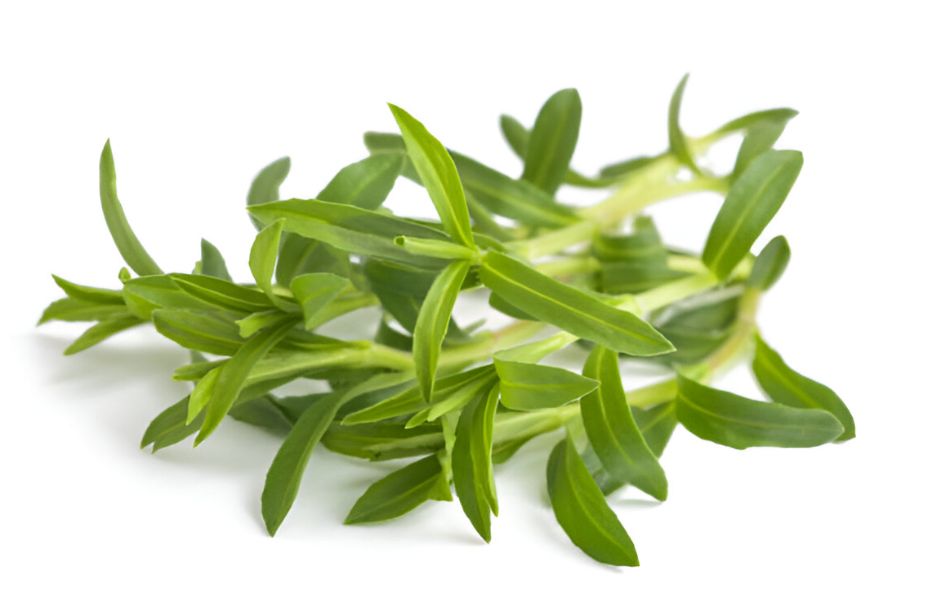
Best Uses:
- Bean dishes – Enhances the flavor of lentils and other legumes.
- Soups – Adds warmth and depth.
- Stuffing – Works well in rich, savory recipes.
8. Herbes de Provence: A Flavorful Blend
Herbes de Provence is a mix of dried herbs, often including thyme, rosemary, oregano, and marjoram. Some blends also contain lavender or fennel, adding a unique twist. This mix provides a thyme-like taste but with extra complexity, so use it carefully.
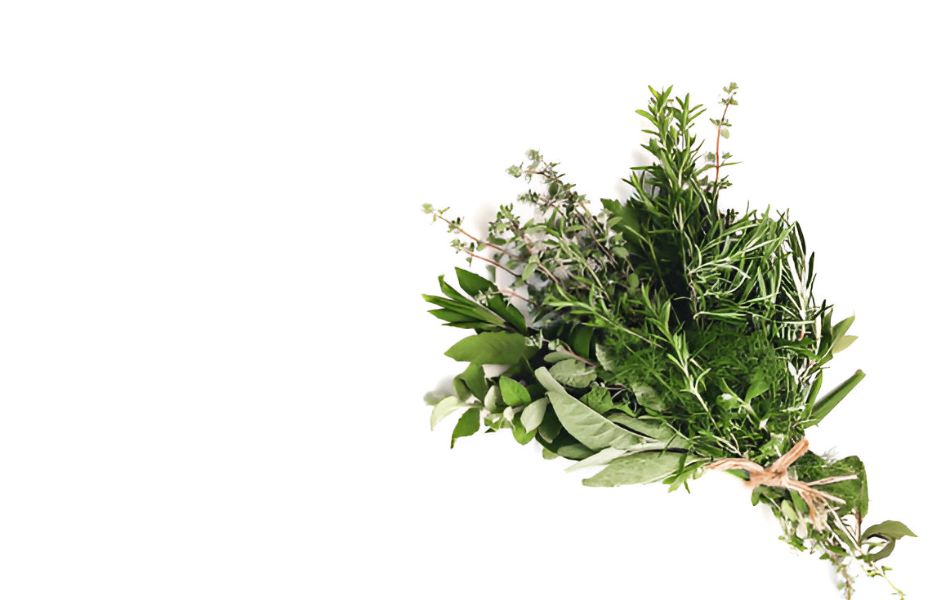
Best Uses:
- French cuisine – A staple in classic French dishes.
- Roasted meats – Adds depth to beef, chicken, and lamb.
- Vegetables – Enhances grilled or roasted veggies.
Tip: Start with a small amount, as this blend has a strong, layered flavor.
Fresh vs. Dried Herbs as Substitutes
If you’re using fresh herbs, you’ll need a different substitution ratio than dried herbs.
- Rule of Thumb: Use three times as much fresh herb as dried, as dried herbs are more concentrated in flavor.
- Pro Tip: Crumble dried herbs between your fingers before adding them to release their oils for a more pronounced flavor.
How to Decide on the Best Substitute for Thyme?
When deciding which substitute to use, ask yourself these questions:
- What is the dish? Hearty dishes like casseroles or stews may benefit from robust options like rosemary, while light salads pair better with basil or parsley.
- Do you want to match or change the flavor? Herbs like marjoram will replicate thyme’s flavor closely, while basil or parsley will add a fresh twist.
- Is the herb fresh or dried? Adjust quantities accordingly!
Bonus Tip for When You Have No Herbs
What if you’re completely out of herbs? Fear not – you can still save your dish with these non-herb alternatives:
- Garlic or Garlic Powder: Adds a savory depth to dishes.
- Lemon Zest: Provides a bright, citrusy lift.
- Spices like Cumin or Paprika: Introduce earthy or smoky undertones.
Final Thoughts
Whether you’re missing thyme or simply exploring other options, these substitutes show just how versatile your pantry can be. Herbs like oregano, rosemary, and marjoram can closely mimic thyme’s flavor, while others like parsley and basil offer a delightful twist.
Next time you’re in the kitchen, don’t sweat it if thyme isn’t on hand. Instead, think of this as an opportunity to experiment and discover new combinations.

